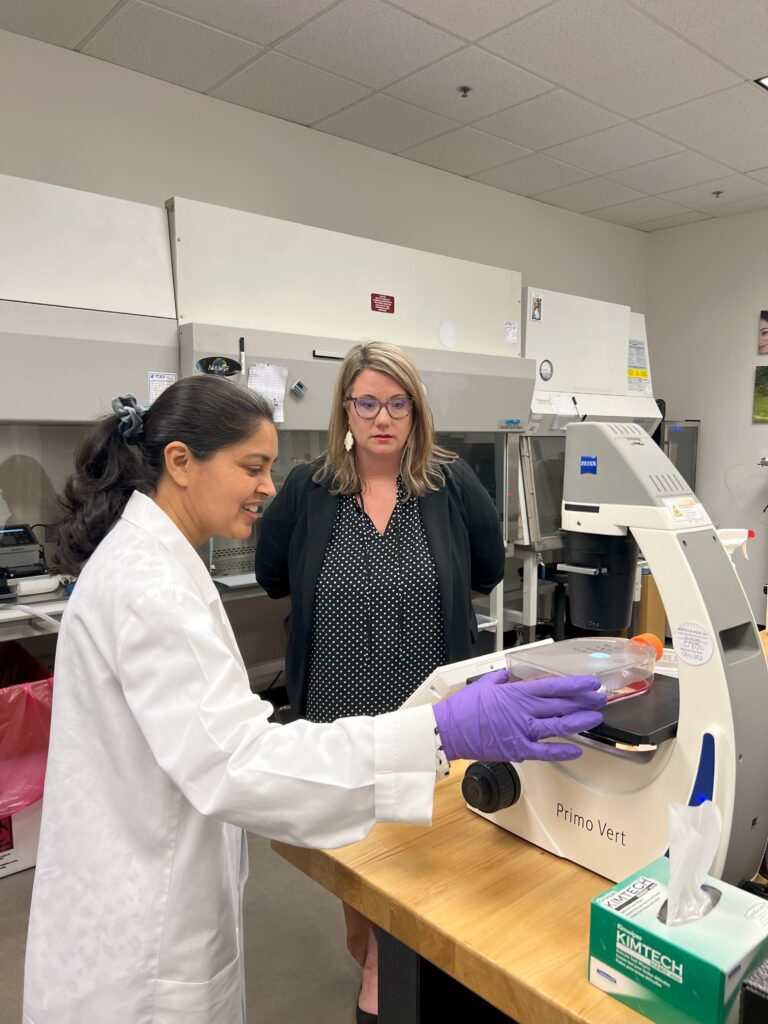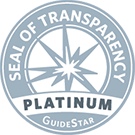We are thrilled to announce a new publication, Structure-activity relationship of dihydropyridines for rhabdomyosarcoma, showcasing results of a study of a massive drug & chemical screen for the childhood muscle cancer, rhabdomyosarcoma (RMS), in the journal Biochemical and Biophysical Research Communications.
Rhabdomyosarcoma (RMS) is the most common soft tissue tumor in children with approximately 400 cases detected per year in the United States. The World Health Organization recognizes three major categories of RMS based on histological features, i.e., alveolar, embryonal, pleomorphic and spindle cell sclerosing RMS. Alveolar and embryonal RMS are the most common types found in children and adolescents.


The greatest challenge to patients presented with metastatic RMS is the development of resistance towards the commonly used chemotherapy drugs. Hence, discovery of new drugs and focus on drug development strategies is of paramount importance in the long-term treatment plan of RMS. Unfortunately, this small market presented by this rare childhood cancer has previously come short of garnering support from the pharmaceutical industry due to the rarity of RMS cases; however, the unique cc-TDI/pharmaceutical company collaboration for this study was able to canvas 640,000 potential drugs and drug-like compounds for rhabdomyosarcoma.
From the massive screen, the dihydropyridine (DHP) class of compounds were identified to have consistent activity. DHPs are used to treat hypertension. Azelnidipine, a DHP drug, was chosen as the lead candidate for further testing and was found to be very effective as an anti-tumor agent in both cell culture and animal studies.
“We are very excited to have this powerful structural-activity relationship pointing to a starting place for future rhabdomyosarcoma drugs” says lead author, Shefali Chauhan PhD. Dr. Chauhan indicates that developing DHPs as an anti-cancer agent from hit to lead will require in-depth medicinal chemistry studies that retain and increase anti-cancer activity but at the same time reduce anti-hypertensive effects.
Collaborating organizations for this study include Genomics Institute of the Novartis Research Foundation (USA) and Apconix (UK).
This study was funded by Super Sam Foundation: Fighting Childhood Cancer, Braver Stronger Smarter Inc, Team Naomi Get Well Now Foundation, Kier’s Kidz, Fight Like Mason Foundation, Sam Day Foundation, The Handler Family, Elaine Roberts Foundation, The Mary Ruchalski Foundation, Austen’s Army Foundation, and JuJu’s Journey with DIPG.
For more information on how you ca


